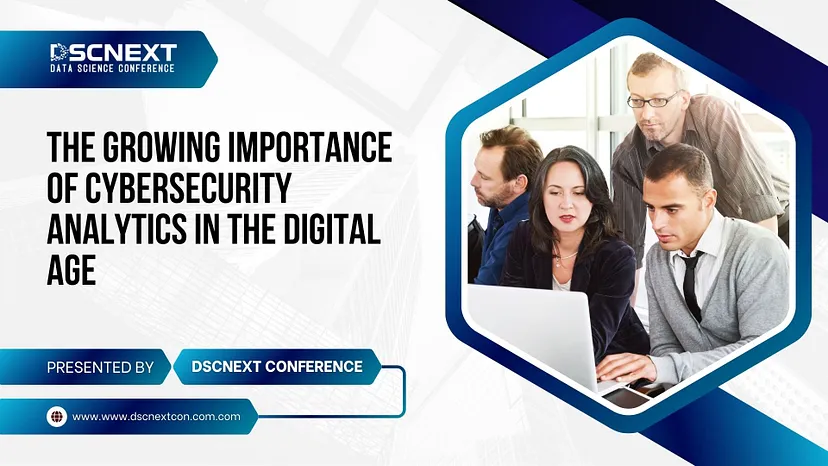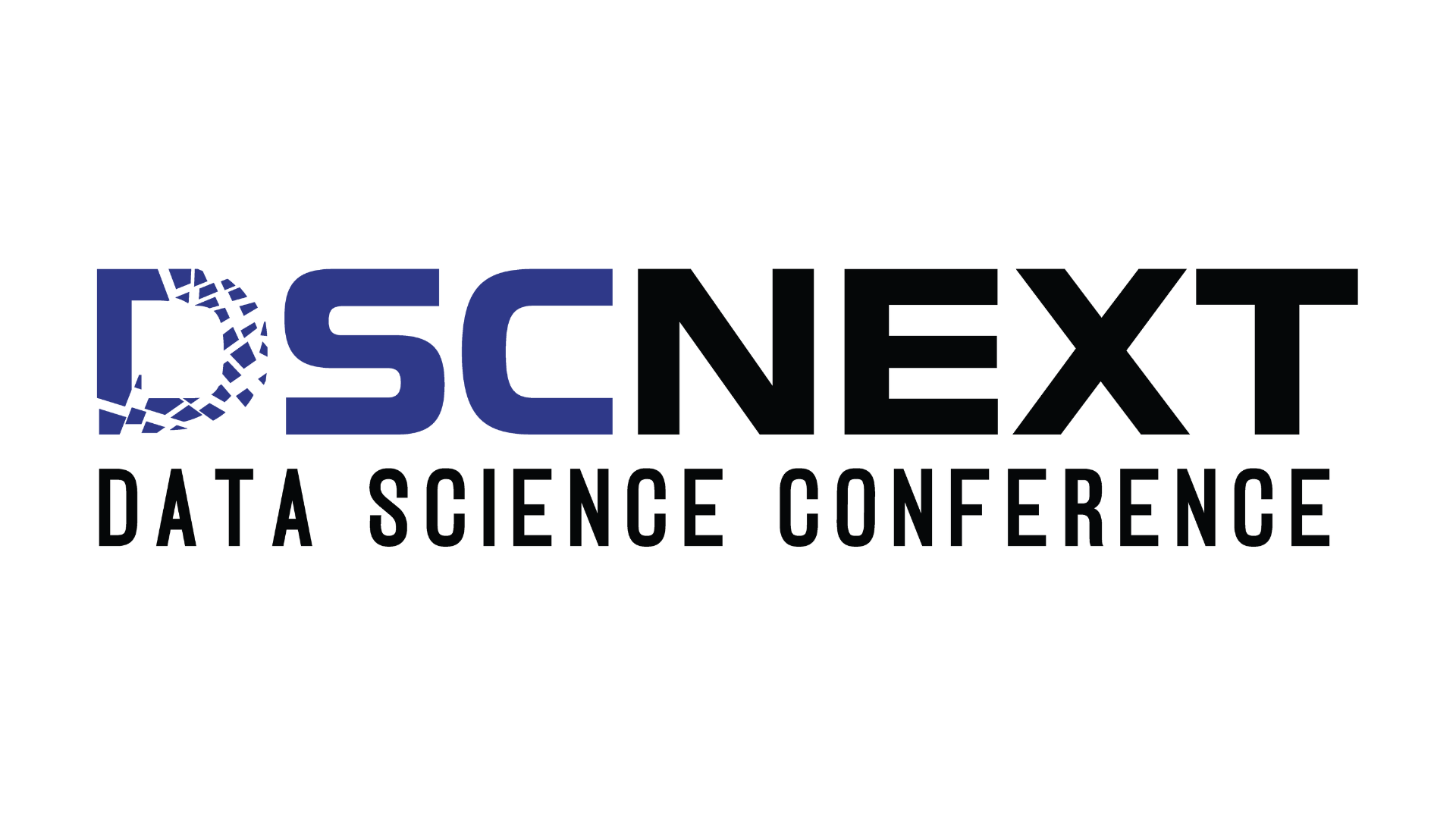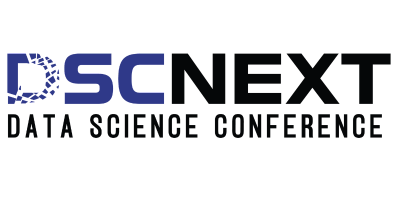
Introduction
In 2024, cybercrime is projected to cost businesses $10.5 trillion globally, underscoring the urgency of advanced digital defenses. As our reliance on digital technologies grows, cybersecurity has become a non-negotiable priority for organizations, governments, and individuals.
With cyber threats becoming more sophisticated, traditional methods alone are no longer enough. This is where cybersecurity analytics steps in; a cutting-edge approach that leverages data analysis, machine learning, and artificial intelligence to detect and mitigate threats.
What is Cybersecurity Analytics?
Cybersecurity analytics involves collecting, analyzing, and interpreting data from digital systems to identify and prevent cyber threats. Advanced algorithms and AI-driven tools enable organizations to detect vulnerabilities, monitor suspicious activities, and respond to breaches in real time.
Key Benefits of Cybersecurity Analytics:
1. Proactive Threat Detection:
Traditional cybersecurity focuses on reactive measures, while cybersecurity analytics detects potential threats before they escalate, reducing damage and downtime.
2. Real-Time Monitoring:
By continuously scanning networks and applications, analytics solutions provide instant insights into security risks, ensuring immediate responses.
3. Reduced False Positives:
One of the challenges of traditional security measures is the overwhelming number of alerts that may not necessarily indicate actual threats. Advanced analytics tools prioritize genuine risks by minimizing false alerts, helping security teams focus on critical issues.
4. Predictive Capabilities:
Predictive analytics leverages historical data to forecast emerging attack patterns and vulnerabilities, enabling preemptive action.
5. Improved Incident Response:
Faster responses to breaches are possible with analytics, which provides actionable insights to locate and neutralize threats efficiently.
Applications of Cybersecurity Analytics:
Network Security: Monitoring network traffic to detect and prevent unauthorized access or data exfiltration.
Endpoint Security: Analyzing data from devices such as laptops, smartphones, and servers to identify compromised endpoints.
Fraud Detection: Identifying fraudulent transactions and behaviors in sectors such as finance and e-commerce.
Compliance and Risk Management: Ensuring that businesses comply with industry regulations (e.g., GDPR, HIPAA) while managing cybersecurity risks.
Case Study: 1. Microsoft (Tech Industry)
Initiative: Microsoft continuously develops its security infrastructure using advanced analytics. For instance, their Azure Security Center leverages machine learning to monitor billions of security signals daily.
Cybersecurity Analytics Application: Microsoft uses predictive analytics, threat intelligence, and user behavior analytics (UBA) to identify and mitigate emerging threats across its global network.
Key Takeaway: Continuous data-driven monitoring at scale is essential for detecting sophisticated threats.
2. Darktrace (Artificial Intelligence in Cybersecurity)
Case Study: Darktrace uses AI-driven cybersecurity analytics to protect organizations against advanced persistent threats (APTs).
Cybersecurity Analytics Application: Their “Enterprise Immune System” employs unsupervised learning to understand normal behavior across a network and detect deviations indicative of threats.
Key Takeaway: AI and machine learning analytics enable dynamic, adaptive threat detection in complex environments.
These case studies show how organizations across various industries have implemented cybersecurity analytics to detect, prevent, and respond to threats effectively.
The Future of Cybersecurity Analytics
The cybersecurity landscape will continue to evolve with deeper AI integration and automation, enabling faster threat detection and more accurate responses. As organizations expand their use of cloud services and IoT devices, cybersecurity analytics will play a critical role in securing these technologies.
DSC 2025: Empowering Cyber Security Through Data Science
The Data Science Conference (DSC) 2025 will spotlight the transformative role of data science in enhancing cybersecurity. Set to feature leading experts and innovators, the conference will explore how machine learning, predictive analytics, and big data can revolutionize threat detection and prevention.
Key topics include leveraging AI for real-time monitoring, reducing false positives, and developing predictive models to counter advanced cyberattacks. For organizations looking to harness the power of data science to strengthen their cybersecurity strategies, DSC 2025 will provide invaluable insights and practical solutions.
Conclusion
Cybersecurity analytics is the future of digital defense. Its ability to analyze real-time data, predict risks, and enable swift responses is indispensable in combating the ever-growing array of cyber threats. Organizations investing in these tools will be better equipped to protect themselves in the digital age.
Call-to-Action
Explore advanced cybersecurity analytics tools to safeguard your business or subscribe to our platform for more insights on the latest trends in cybersecurity.

